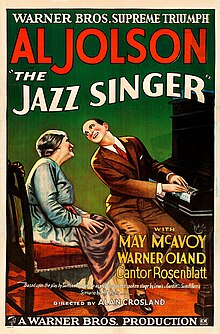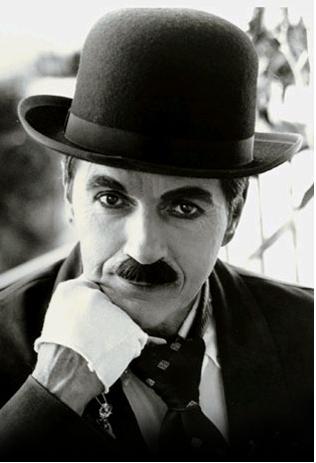
In 1927, Warner Bros. presented the first feature-length film to include sound, The Jazz Singer. Although the film was mostly music and incorporated only 354 spoken words, it was enough to start a buzz. Sound was swiftly sweeping into the film culture and the industry would see a change unlike any other.

Sound was actually available to the film world in the mid 20's but before The Jazz Singer, it wasn't accepted with open arms. Filmmakers feared sound for a variety of reasons. For one, they weren't sure the public would enjoy it. Many actors in silent films were foreign as well, and had heavy accents. Adding to that, a fair amount of actors had weak voices and just weren't vocally trained. Another reason they were hesitant was cost. Building sound studios wouldn't be cheap.
Warner Bros., in a desperate attempt not to fall out of the industry, decided to experiment with sound in their motion pictures. They agreed that they had nothing to lose and were willing to take a risk. Through this, The Jazz Singer was born. It was a hit and other film companies soon caught on. In no time sound was included throughout the industry.

This was dream come true, at least, for some it was. Many actors dreaded this shift. A large amount of actors in the business had voices that just worthy of film. Some took vocal lessons but many performers lost their jobs due to this shift.
The value of production was also believed to be affected by this change. Cameras had to be fitted with sound boxes to preserve the audio and keep it crisp. These refrigerator sized boxes greatly limited the movement of the camera. motion shots and complex shots started to disappear and some of the great cinematic gems of film disappeared.
More info at: http://cybercollege.com/frtv/frtv003.htm
No comments:
Post a Comment